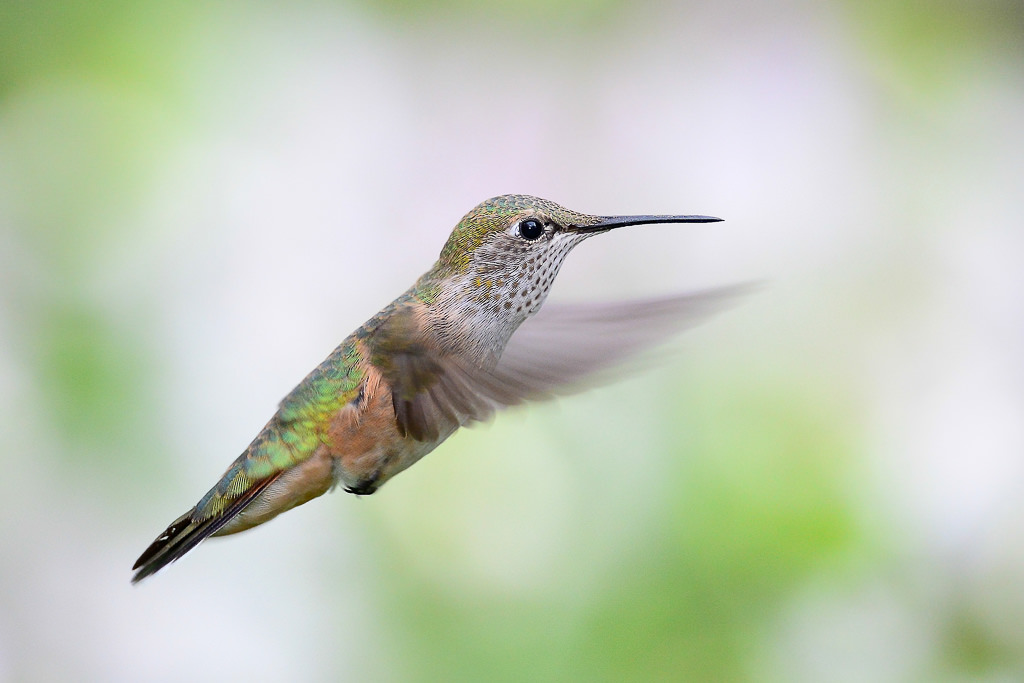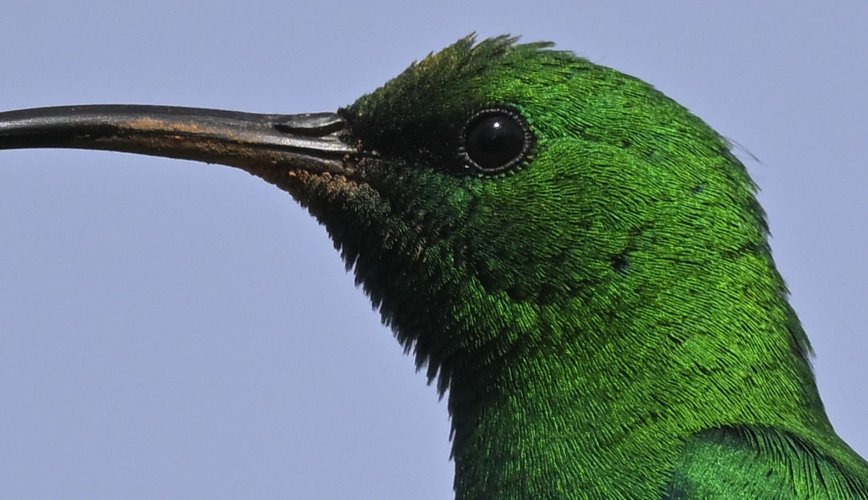fcotterill
Well-known member
Here follow a selection of images taken over the past several months with both lenses, with/without their respective teleconverters. I have built up a sizeable database since mid 2022, when time and conditions permitted. I took all these primarily with the aim of trying to define the differences in quality and performance between the pair of 800's and their combinations for my own work. I've been particularly interested in the limits of these super telephotos with the respective Nikon Teleconverters. This especially applies to the attributes of the unique 1000 f7.1 that's enabled with the 800 f5.6E FL paired with its Bespoke TC125.
A few useful threads on these 800mm Nikkors are on BCG, including questions about their differences etc. There's this long thread around Steve's perceptive review of the 800 PF. I shared a few examples last year, as I find the results using the 800 f6.3S PF with its TC's were pleasantly surprising in many events. These included subjects needing more telephoto 'reach', or where tighter framing improved compositions.
Anyone who's searched for detailed reviews of Nikon's legendary 800mm primes appreciates their scarcity. I know only of this benchmark review some years ago by Photography Life of the 800 f5.6E FL, which set new standards in optical quality at its launch. Nasim Mansurov described the challenges he encountered in seeking quantified data. In contrast, I found the most recent review by PL (Feb 2023) of the 800 PF disappointing and distinctly wanting, and the methodology of their MTF results is unclear, including how the latest charts of these two Nikkors compare. Camera-lens shake is a huge challenge and Nasim M emphasized how long it took to minimize vibrations in testing the 800E.
EDIT: subsequently, in July 2023 PL published this comparison :

 photographylife.com
photographylife.com
Most recently, Thom Hogan published his review of the 800 PF, but didn't include examples, particularly with Teleconverters and there's no direct comparison to the 800 f5.6E FL. Arguably the 800 PF review by @Steve, mostly handholding the lens, is a solid example of how a field test can inform and guide prospective owners of a 800 PF, who plan to handhold the lens outdoors on wild subjects.
Edit: Brad Hill added his review with several revealing images using the 800 PF.
My method is a field test(s) but within more standardized conditions, including a fixed base on a beanbag or tripod; this is in any case how one has to shoot all 4.6kg of the F-mount 800. Instead of a standard lens testing target, I prefer real world ie representative subjects, including wildlife. This is where a set of the same subjects (common birds are ideal and so are cooperative pets). The majority are in one location (the environs around my residence). This helps measure subject distances with Nikon Rangefinder binoculars, which include stations often used by the subjects. The testing has extended to subject distances just over 50m.
Sometimes the local birds and my cats stay still long enough, to allow switching TCs, or even lenses. The flocks of local Helmeted guineafowl move around seasonally, and seem to shift roosts subject to predator activity. They helped this project by roosting in big trees close by; and before bedtime they were kindly visiting the bird table to scratch underneath. So much that I recognize a couple of individuals by their combs, and i managed to photograph a series of images on different days of these birds on the same spots. The Hadeda Ibis in the peri urban spaces around here often become habituated. One friendly chap would often stand absolutely still and contemplate life in between probing the grass - kind of him; as I could switch optics, as he stood almost frozen to the spot for a few minutes.
In due course, I'll add a photo below of the tripod setup, which helps quicker changes and more direct comparisons. I tried to detect and avoid obvious conditions of haze, which is actually more common than I'd expected. So I was shooting towards the late afternoon, which was also when my cats cooperated (sort of) and the guineafowl flock arrive to roost in big trees at the edge of my garden.
As there are very few direct comparisons of these 2 remarkable lenses, these may be of wider interest. Bottom line both primes are excellent, although I conclude the edge goes to the 800 f5.6E, including creamier bokeh. I find the results with the TC's interesting....
Exported from NX Studio or LR Classic, but I kept Post-Processing to the minimum. Some are freeholding the rig (in the case of the 800 PF), but the majority were either on a beanbag over an outside wooden table or on heavy duty Gimpro gimbals on a Leofoto LS323. Obviously it is very difficult to standardize ISO (especially with the TC's), let alone distances with such subjects. I've only shared images taken with Z9. The reasons are to avoid AFFT issues and mirrorslap, as well as stick with the same 45mp sensor, and obviously there're the advantages of the FTZ and shooting below f8. [edited and augmented]
800 f5.6E FL only

800 f5.6E FL only

All of the following are with the Bespoke TC125E on the 800 f5.6E FL

100% crop of above:

Hadeda Ibis fledgling begging from parent (Custom Area AF rectangle was across the bill of the latter) which demonstrates shallow depth of field. Note the atmospheric conditions were not ideal even though the ibises are at ~20m

100% crop:

A few useful threads on these 800mm Nikkors are on BCG, including questions about their differences etc. There's this long thread around Steve's perceptive review of the 800 PF. I shared a few examples last year, as I find the results using the 800 f6.3S PF with its TC's were pleasantly surprising in many events. These included subjects needing more telephoto 'reach', or where tighter framing improved compositions.
Anyone who's searched for detailed reviews of Nikon's legendary 800mm primes appreciates their scarcity. I know only of this benchmark review some years ago by Photography Life of the 800 f5.6E FL, which set new standards in optical quality at its launch. Nasim Mansurov described the challenges he encountered in seeking quantified data. In contrast, I found the most recent review by PL (Feb 2023) of the 800 PF disappointing and distinctly wanting, and the methodology of their MTF results is unclear, including how the latest charts of these two Nikkors compare. Camera-lens shake is a huge challenge and Nasim M emphasized how long it took to minimize vibrations in testing the 800E.
EDIT: subsequently, in July 2023 PL published this comparison :

Nikon Z 800mm f/6.3 PF vs Nikon 800mm f/5.6E FL
 photographylife.com
photographylife.com
Most recently, Thom Hogan published his review of the 800 PF, but didn't include examples, particularly with Teleconverters and there's no direct comparison to the 800 f5.6E FL. Arguably the 800 PF review by @Steve, mostly handholding the lens, is a solid example of how a field test can inform and guide prospective owners of a 800 PF, who plan to handhold the lens outdoors on wild subjects.
Edit: Brad Hill added his review with several revealing images using the 800 PF.
My method is a field test(s) but within more standardized conditions, including a fixed base on a beanbag or tripod; this is in any case how one has to shoot all 4.6kg of the F-mount 800. Instead of a standard lens testing target, I prefer real world ie representative subjects, including wildlife. This is where a set of the same subjects (common birds are ideal and so are cooperative pets). The majority are in one location (the environs around my residence). This helps measure subject distances with Nikon Rangefinder binoculars, which include stations often used by the subjects. The testing has extended to subject distances just over 50m.
Sometimes the local birds and my cats stay still long enough, to allow switching TCs, or even lenses. The flocks of local Helmeted guineafowl move around seasonally, and seem to shift roosts subject to predator activity. They helped this project by roosting in big trees close by; and before bedtime they were kindly visiting the bird table to scratch underneath. So much that I recognize a couple of individuals by their combs, and i managed to photograph a series of images on different days of these birds on the same spots. The Hadeda Ibis in the peri urban spaces around here often become habituated. One friendly chap would often stand absolutely still and contemplate life in between probing the grass - kind of him; as I could switch optics, as he stood almost frozen to the spot for a few minutes.
In due course, I'll add a photo below of the tripod setup, which helps quicker changes and more direct comparisons. I tried to detect and avoid obvious conditions of haze, which is actually more common than I'd expected. So I was shooting towards the late afternoon, which was also when my cats cooperated (sort of) and the guineafowl flock arrive to roost in big trees at the edge of my garden.
As there are very few direct comparisons of these 2 remarkable lenses, these may be of wider interest. Bottom line both primes are excellent, although I conclude the edge goes to the 800 f5.6E, including creamier bokeh. I find the results with the TC's interesting....
Exported from NX Studio or LR Classic, but I kept Post-Processing to the minimum. Some are freeholding the rig (in the case of the 800 PF), but the majority were either on a beanbag over an outside wooden table or on heavy duty Gimpro gimbals on a Leofoto LS323. Obviously it is very difficult to standardize ISO (especially with the TC's), let alone distances with such subjects. I've only shared images taken with Z9. The reasons are to avoid AFFT issues and mirrorslap, as well as stick with the same 45mp sensor, and obviously there're the advantages of the FTZ and shooting below f8. [edited and augmented]
800 f5.6E FL only
You can only see EXIF info for this image if you are logged in.
800 f5.6E FL only
You can only see EXIF info for this image if you are logged in.
All of the following are with the Bespoke TC125E on the 800 f5.6E FL
You can only see EXIF info for this image if you are logged in.
100% crop of above:
You can only see EXIF info for this image if you are logged in.
Hadeda Ibis fledgling begging from parent (Custom Area AF rectangle was across the bill of the latter) which demonstrates shallow depth of field. Note the atmospheric conditions were not ideal even though the ibises are at ~20m
You can only see EXIF info for this image if you are logged in.
100% crop:
You can only see EXIF info for this image if you are logged in.
Attachments
Last edited:



